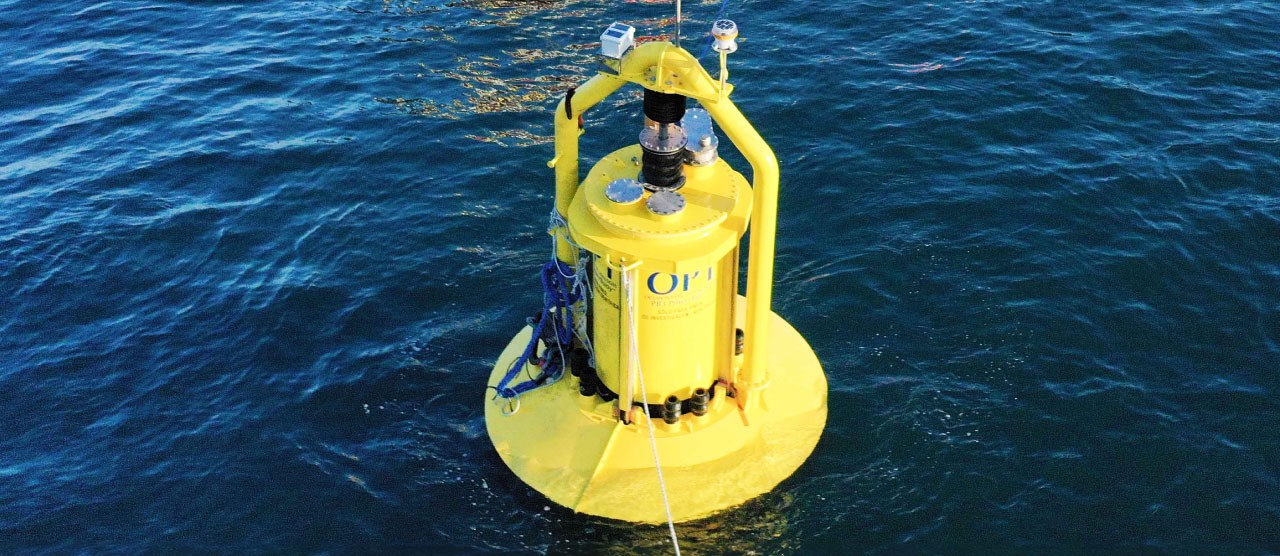Advantages of marine energy
- Renewability: Marine energy is inexhaustible as long as there are oceans and seas.
- Low Carbon Footprint: It generates electricity without direct greenhouse gas emissions.
- Predictability: Tides and currents are more predictable than other renewable energy sources like wind or solar.
- Energy Potential: With the right technology, it could meet a significant portion of global energy demand.
Marine energy in Chile
Enel has been a pioneer in implementing marine energy technologies in Chile, installing the first full-scale wave energy converter.
In September 2019, the first full-scale converter for Chile was acquired in collaboration with the MERIC Technology Center. This technology can transform wave motion into usable energy, marking a significant advance in harnessing the country's marine resources.
One of the most emblematic projects in Chile is the installation of the PB3 PowerBuoy in Las Cruces, in the 5th Region. This wave energy converter, developed with advanced technology, has proven to be highly effective in generating renewable energy, having been in operation for over two years since April 2021.
The wave energy converter in Las Cruces is strategically located in an area with constant wave dynamics, providing an ideal environment for this technology’s implementation. The project has been developed in collaboration with the MERIC Technology Center, representing a joint effort to advance research and development of renewable energy in Chile. This converter can supply clean energy to a significant number of households, contributing to a lower dependence on non-renewable energy sources. Additionally, the converter's design is intended to integrate harmoniously with the marine environment, minimizing any negative impact on local flora and fauna.
The project in Las Cruces marks a milestone in marine energy generation in Chile and lays the groundwork for future technological expansions and developments in the sector.
Chile is in a unique position to lead the marine energy revolution in Latin America. With over 4,000 km of coastline and a solid commitment to sustainability, the nation could become a role model in the use of marine technologies.


